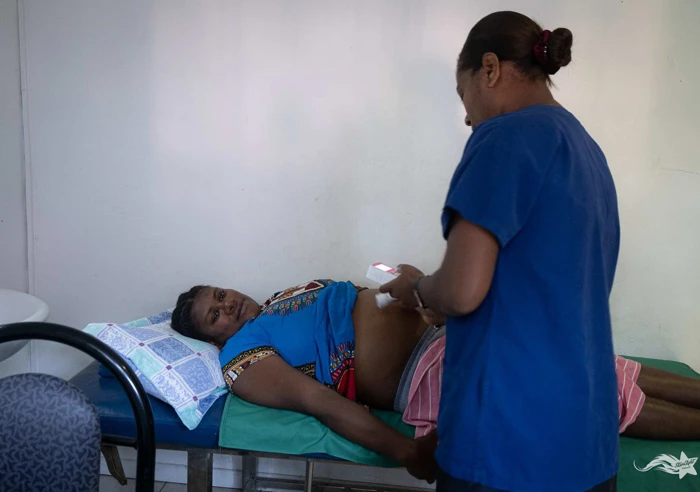
Exploring probiotic use for maternal gut health
A new Burnet study examined how probiotics could potentially treat gut-related conditions in pregnant women.
Environmental Enteric Dysfunction (EED) is more commonly found in children, particularly in low-resource settings. Although pregnant women are affected, EED is difficult to diagnose due to the risks associated with current diagnostic methods.
Pregnancy increases the need for nutrients like iron, calcium and folic acid. In women with EED, poor nutrient absorption — even with supplements — could lead to anaemia or complications that may affect a baby's growth. There are currently no specific treatments that are clinically recommended for EED. There is also a lack of guidance defining what an ideal probiotic treatment should look like for pregnant women.
To address this gap, the study, ‘Maternal gut microbiome interventions to improve maternal and perinatal health outcomes: target product profile expert consensus and pipeline analysis’, was the first to develop a target product profile (TPP) for probiotics to improve maternal health outcomes.
Published today in PLOS One, the TPP outlined the clinical and practical implementation requirements for effective probiotic interventions. The study also mapped out the research and development pipeline and identified the most promising probiotic candidates for further research.
Burnet research officer Kate Mills said the study was designed to accelerate the research progress in this space.
“The benefit of this work is that it helped identify which candidates or products should be prioritised in future clinical studies to generate further evidence.”
The study found probiotic interventions should ideally be implemented at the population level to be effective, unless a safe and accurate diagnostic test for EED becomes available.
It recommended a focus on limited-resource settings, where the burden of EED is greatest, and emphasised the importance of products being affordable and stable, meaning they do not require refrigeration.
“There’s growing interest in this field. We identified one high- and two medium-potential probiotic candidates in the current pipeline,” Ms Mills said.
“But because this area of research is still emerging, there’s a clear need for more robust evidence.”





